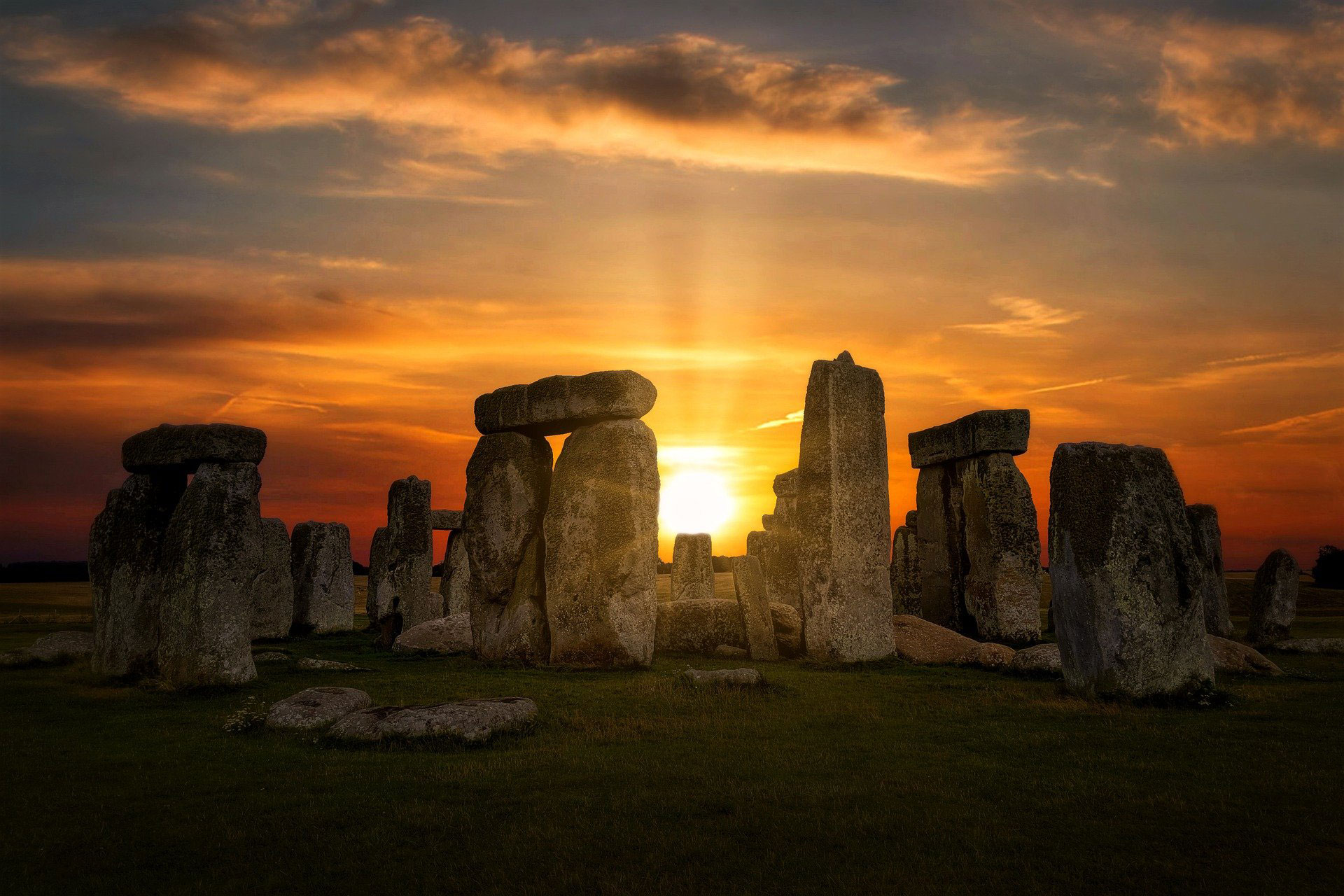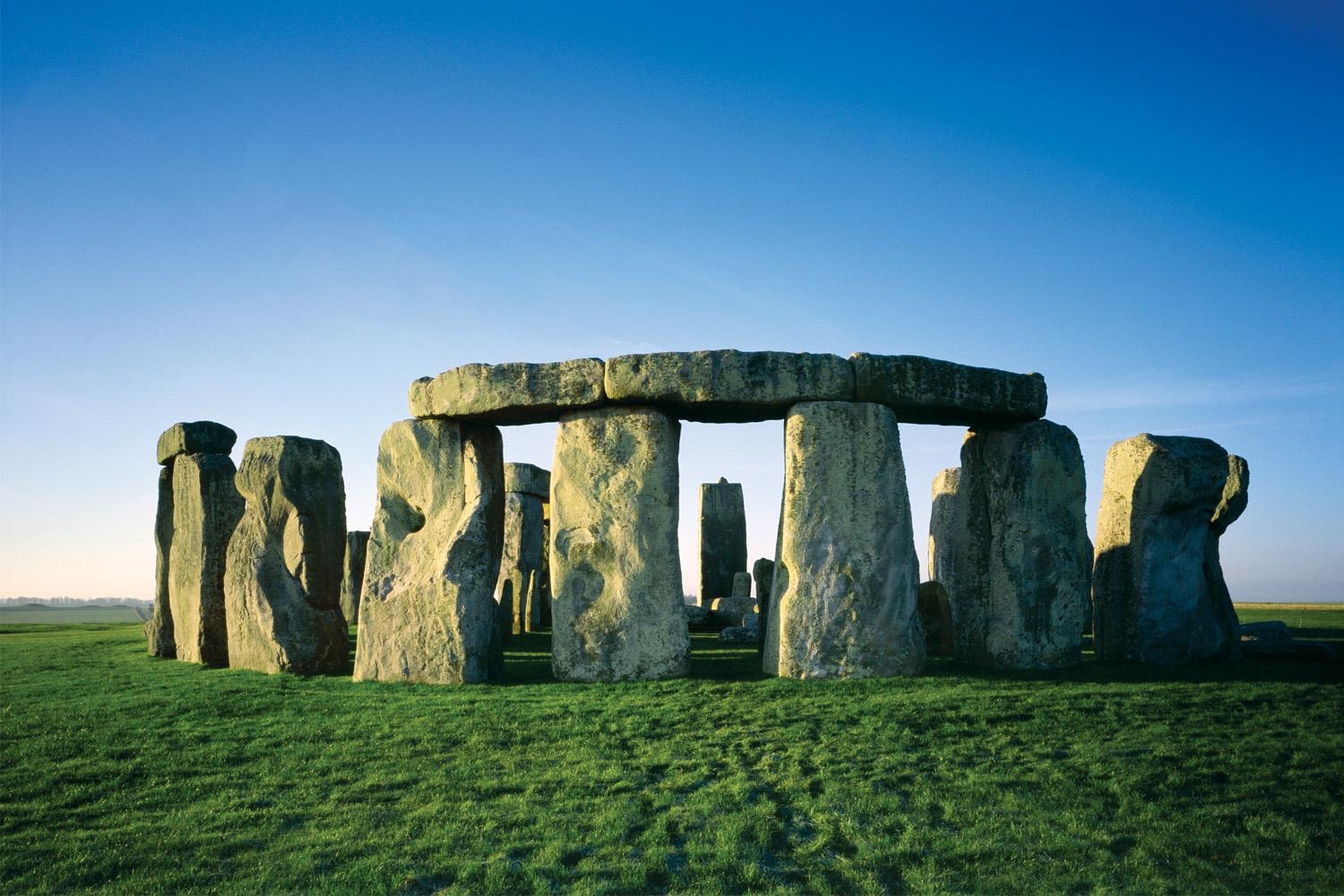The world's most famous prehistoric monument
Just two hours from London
Explore the unforgettable atmosphere of this UNESCO World Heritage Site. The world’s most famous prehistoric monument. 5000 years of history, which still poses many unanswered questions to archaeologists.
Stonehenge is owned by the Crown and managed by English Heritage. The surrounding land is owned by the National Trust. It is situated on Salisbury Plain in Wiltshire, England, two miles west of Amesbury. Stonehenge is an 88 mile, 2 hour drive from London.
Combine your visit to Stonehenge with a tour of the Roman city of Bath. Enjoy a truly memorable day in England’s historic visitor attractions.
Luxury Tours of Stonehenge
By Your Award-winning Chauffeur
Visit Stonehenge in chauffeur-driven luxury and style. Explore the the world’s most famous prehistoric monument. Choose from our beautiful fleet of chauffeur cars and luxury people carriers including Bentley, Mercedes, Range Rover and Rolls-Royce. Enjoy first-class safety, comfort and style. iChauffeur’s professional chauffeurs ensure a smooth journey.

“It is indeed immensely picturesque. I can fancy sitting all a summer’s day watching its shadows shorten and lengthen again, and drawing a delicious contrast between the world’s duration and the feeble span of individual experience. There is something in Stonehenge almost reassuring; and if you are disposed to feel that life is rather a superficial matter, and that we soon get to the bottom of things, the immemorial gray pillars may serve to remind you of the enormous background of time.”
The History
The circular ditch, with an internal bank and a smaller external bank, built about 3000 BC was the first major construction at Stonehenge.
The stones are aligned upon the solstitial axis. At midsummer, the sun rises over the horizon to the north-east, close to the Heel Stone. At midwinter, the sun sets in the south-west, in the gap between the two tallest trilithons, one of which has now fallen.
These times in the seasonal cycle were obviously important to the prehistoric people who built and used Stonehenge.




